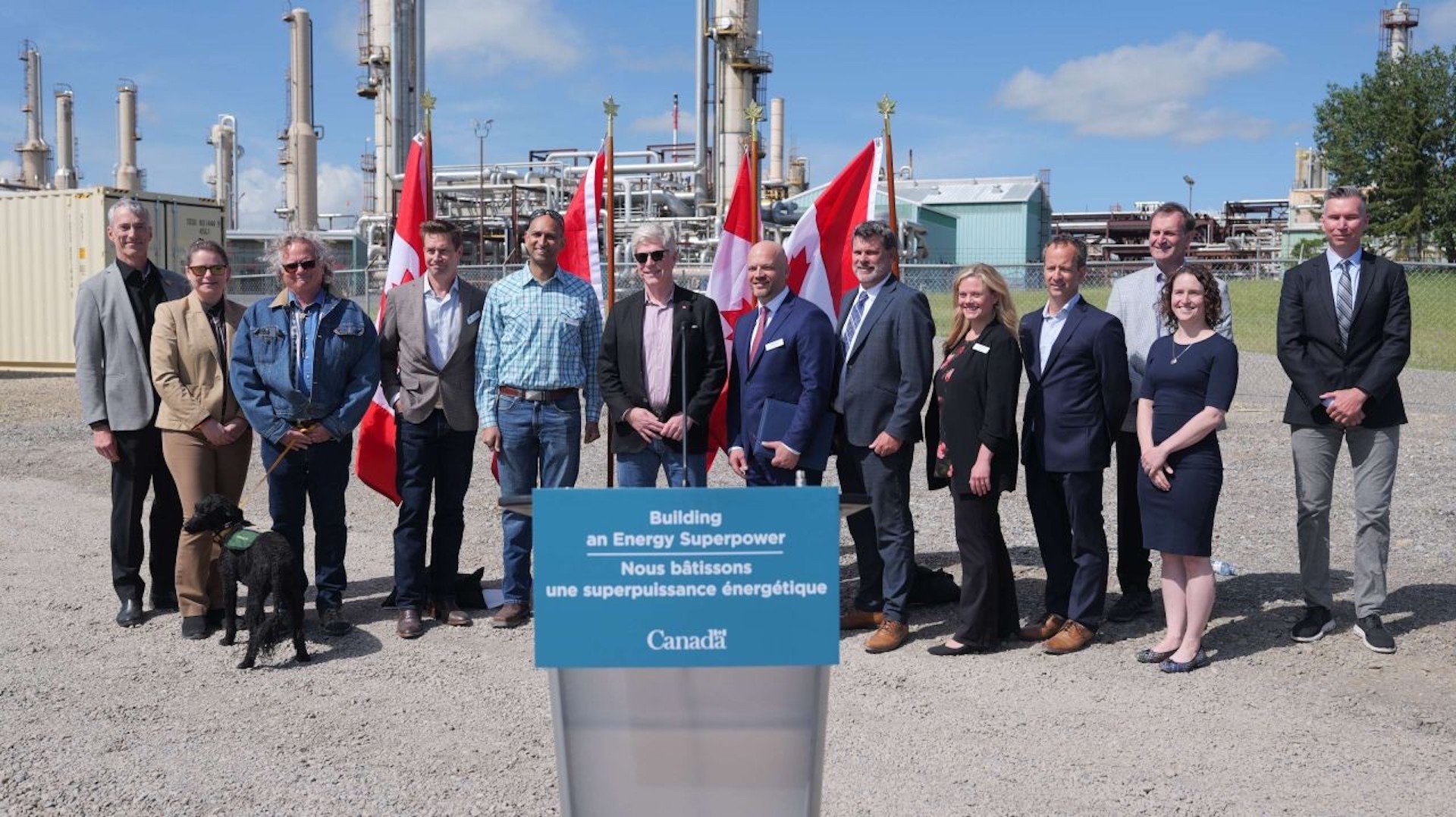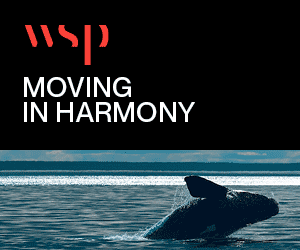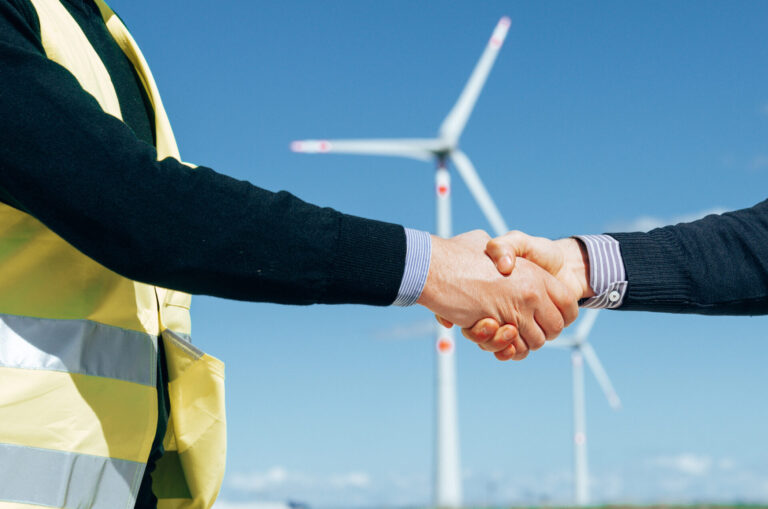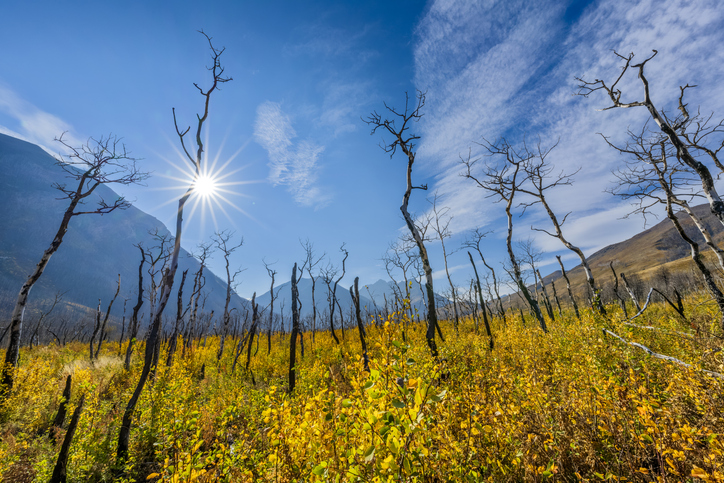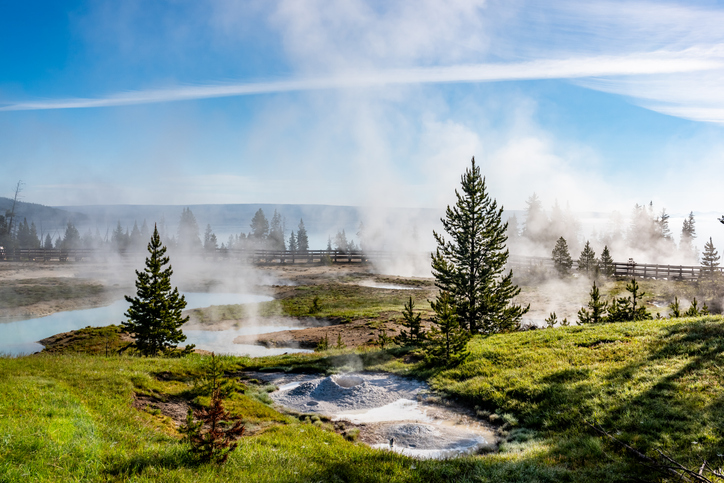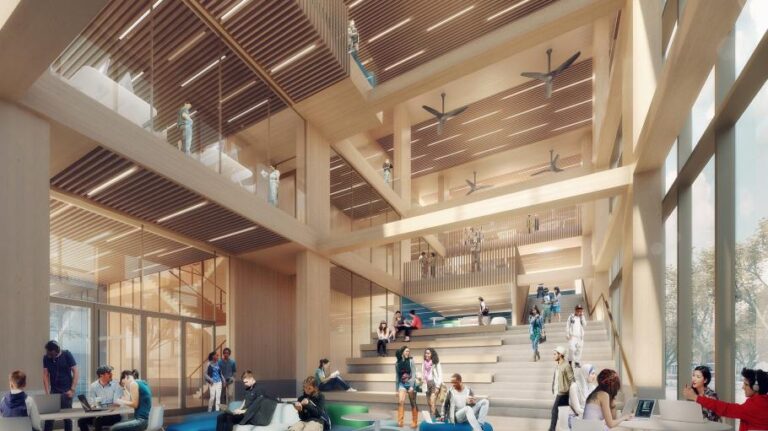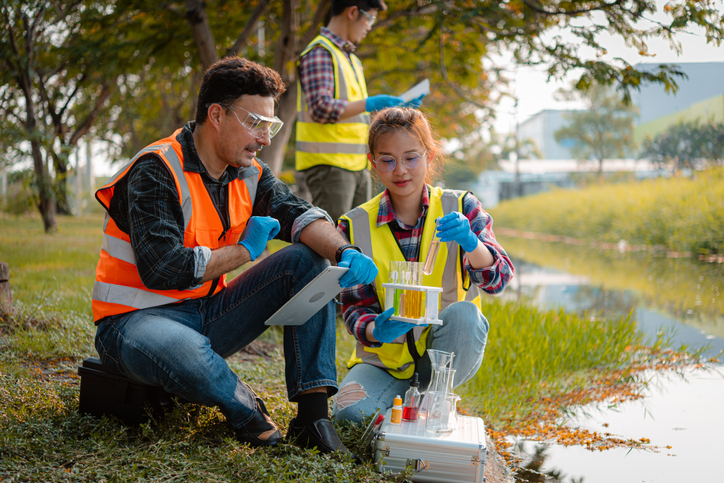Sunday, September 28, 2025
The Government of Canada is investing in carbon capture and clean technologies and getting more low-risk, low-cost and low-carbon Canadian energy to market while fighting climate change.
Tim Hodgson, the federal Minister of Energy and Natural Resources, announced more than $21.5 million toward cutting-edge, made-in-Canada carbon capture, utilization and storage technologies — from advancing CO2 storage sites and subsurface analysis technologies to cleaner diesel engines.
“We are taking action to make Canada a conventional and clean energy superpower — getting good products to market, cutting emissions, creating jobs and delivering the technologies that will power our economy for decades to come,” said Hodgson, who added the announcement highlights “how Canada is showing the world that we are not just talking about clean energy — we are building it.”
These investments are examples of how innovation can help Canada strengthen and modernize the energy industry, support good local jobs, reduce pollution and grow a cleaner economy.
“Bow Valley Carbon will store existing CO2 emissions from Inter Pipeline’s Cochrane Extraction Plant and validate further potential for carbon sequestration in Western Alberta,” said Paul Hawksworth, CEO Inter Pipeline Developer of Bow Valley Carbon Cochrane Limited Partnership with Entropy Inc.
“Cochrane Extraction Plant is one of the largest plants of its kind in Canada responsibly producing energy products that support homes and businesses from coast to coast. Bow Valley Carbon will help ensure society can count on these products for decades to come. It will also create a path for long-term emissions reduction across the region and give other industrial emitters in the region the opportunity to meet their decarbonization goals. The investment from Natural Resources Canada is an important part of this innovative project developing a state-of-the art monitoring program for CO2 storage.”
Projects like these support Canada’s ambitions of becoming an energy superpower — demonstrating how energy innovation can enhance energy security and unlock the full potential of our workers, businesses and resources.
“Enbridge is grateful for this collaboration with Natural Resources Canada in support of our Open Access Wabamun Hub north and west of Edmonton,” said Colin Gruending, Executive Vice President and President Liquids Pipelines, Enbridge. “This brings us closer to delivering a safe, reliable and scalable CO2 transportation and storage solution to help Alberta industries in the region meet their decarbonization goals. We’re proud that, once built, the five nearby Indigenous communities will have the opportunity to co-own the Wabamun Hub’s CO2 transportation and storage infrastructure.”
These projects announced today were funded under the EIP’s Carbon Capture, Utilization and Storage RD&D call for proposals. The call supports the research, development and demonstration of next-generation carbon capture and storage technologies that have the potential to significantly reduce the costs of capturing and storing carbon through three streams:
- Capture: To drive down the cost and enhance performance of capture technologies for different emission sources.
- Storage and Transportation: to characterize and develop safe, permanent subsurface CO2 storage and technologies that support safe and efficient transportation of CO2 and storage opportunities across Canada.
- Utilization: RD&D of CO2 utilization technologies that reduce costs, energy use and carbon intensity while enabling large-scale, long-term CO2 sequestration.
As referenced in Budget 2024, the federal government delivered, on a priority basis, a suite of major economic investment tax credits, representing $93 billion in incentives by 2034–35, to create jobs and keep Canada on track to reduce pollution and reach net zero by 2050. This includes a Carbon Capture, Utilization and Storage Investment Tax Credit.
For further information, visit:
- Energy Innovation Program – Carbon capture, utilization and storage RD&D Call
- Energy Innovation Program – CCUS Front-End Engineering and Design (FEED)
Featured image credit: Government of Canada

